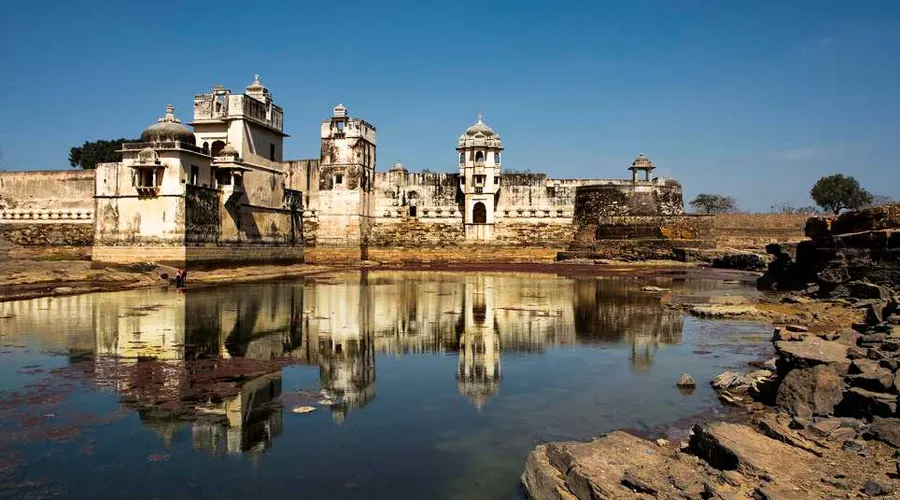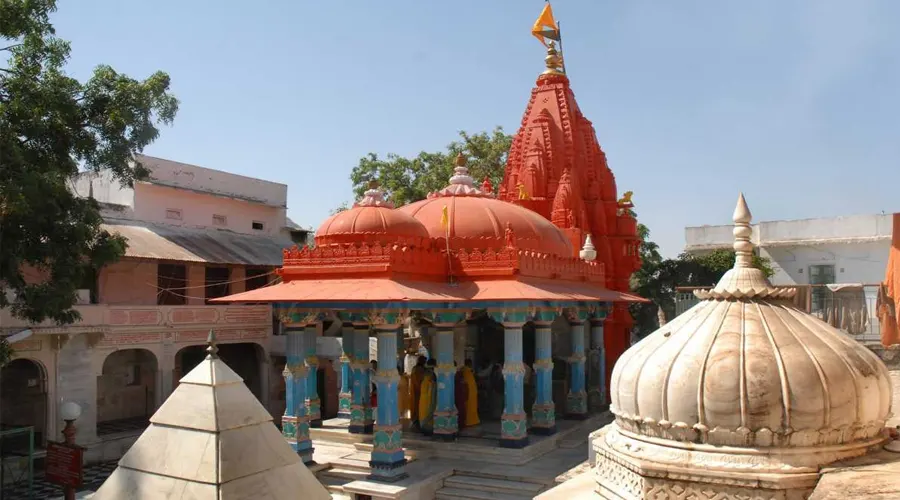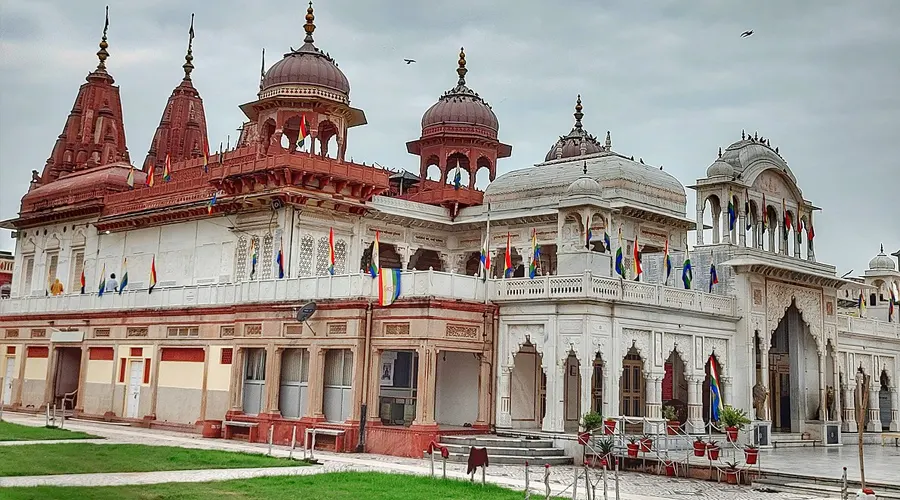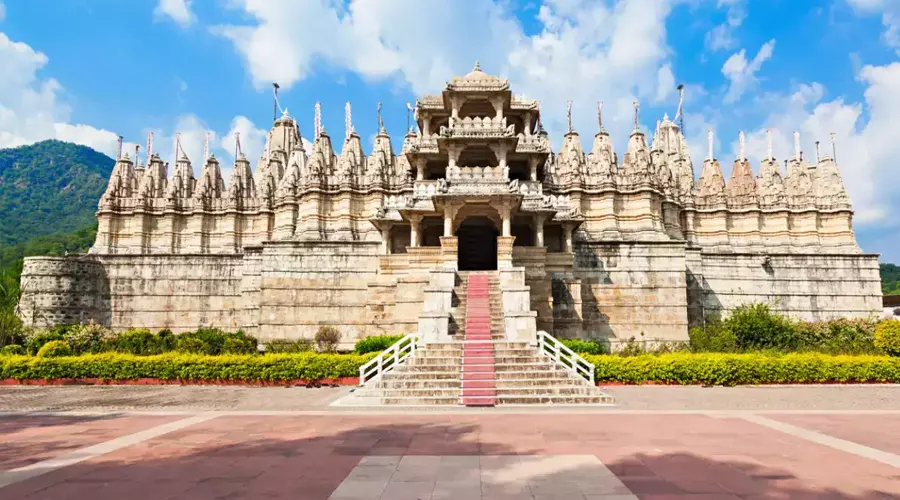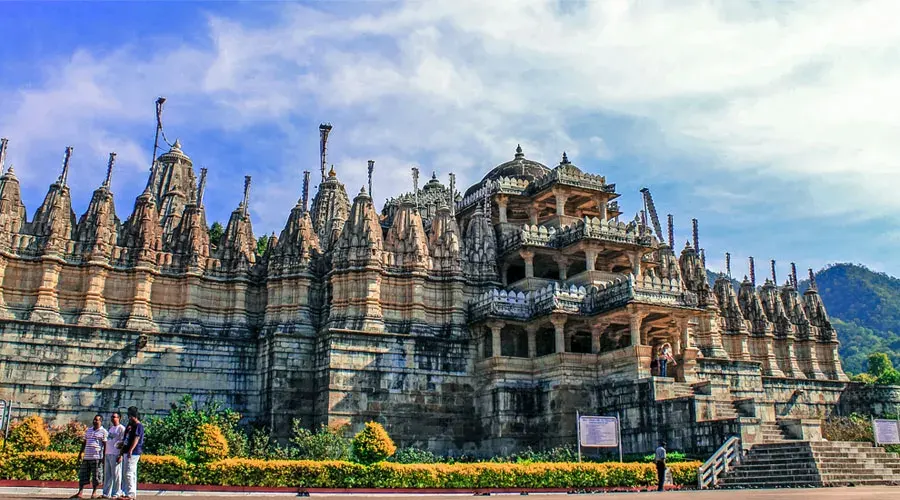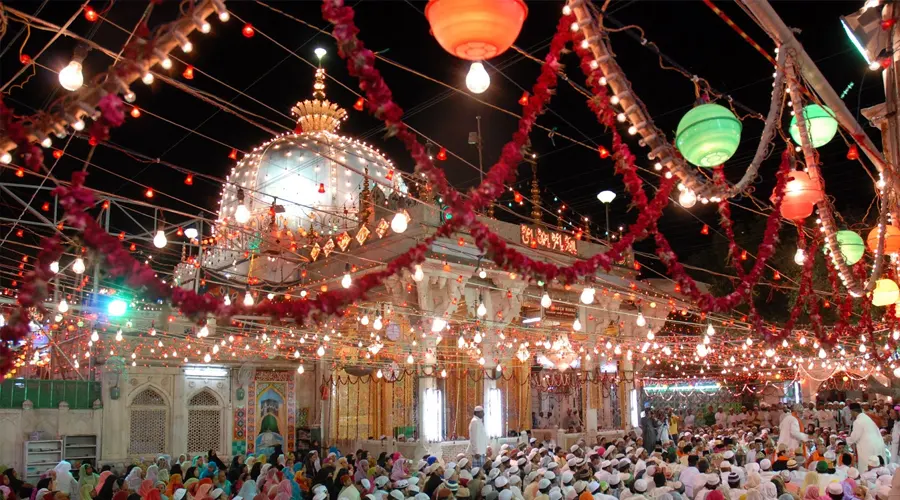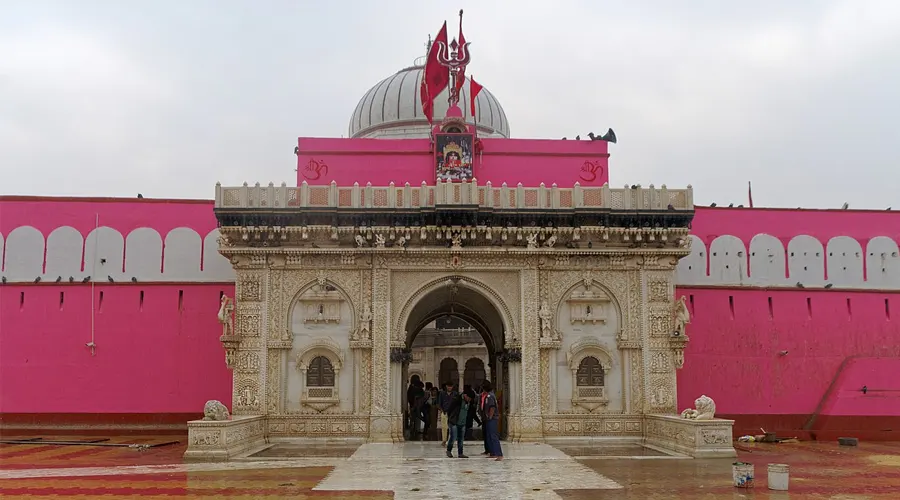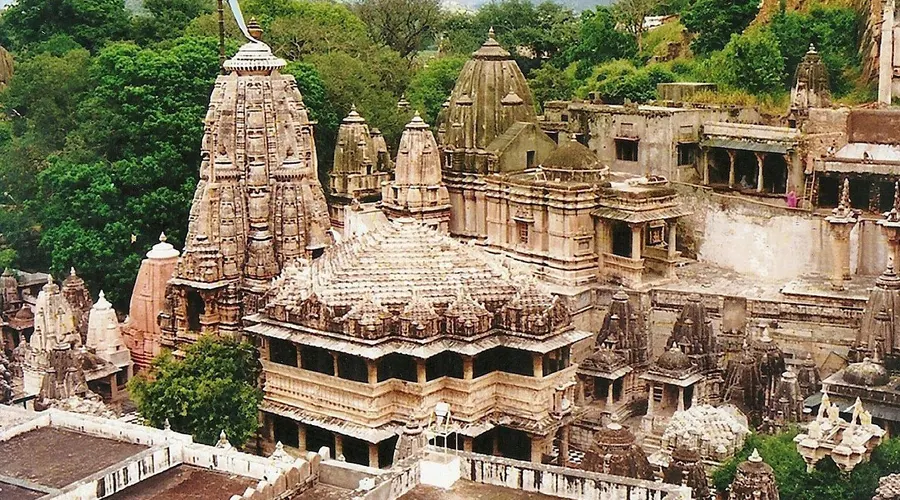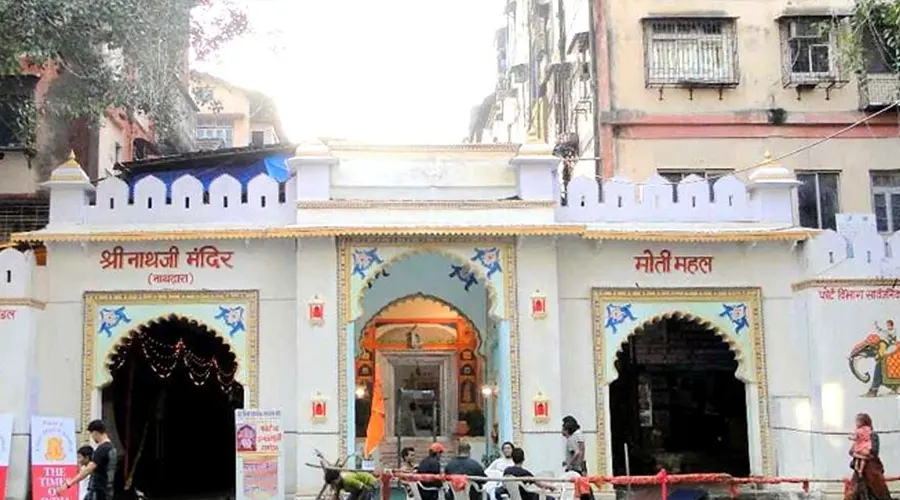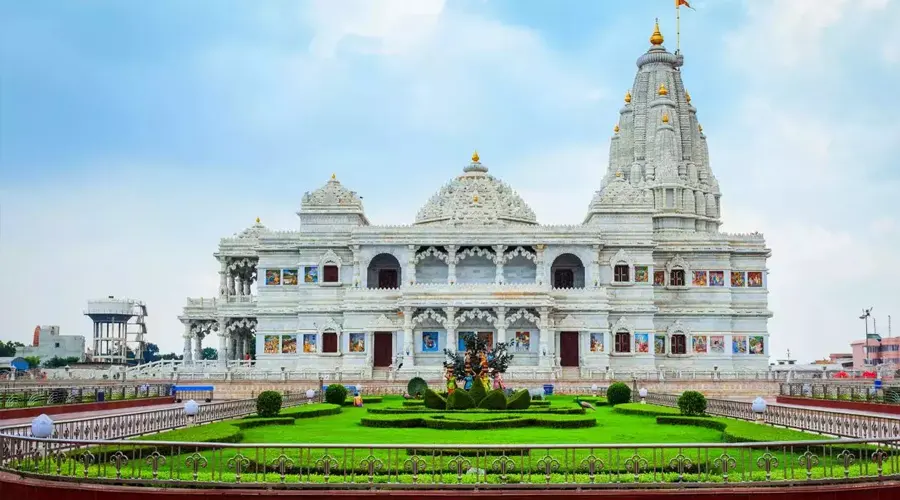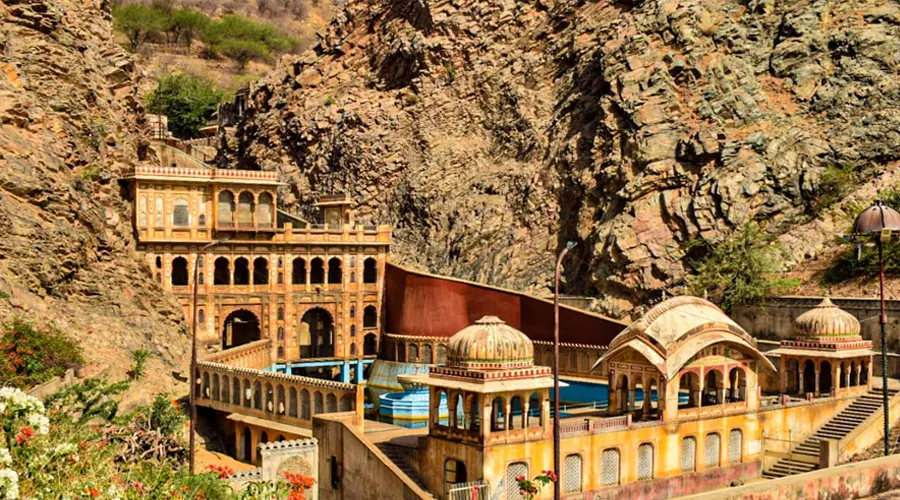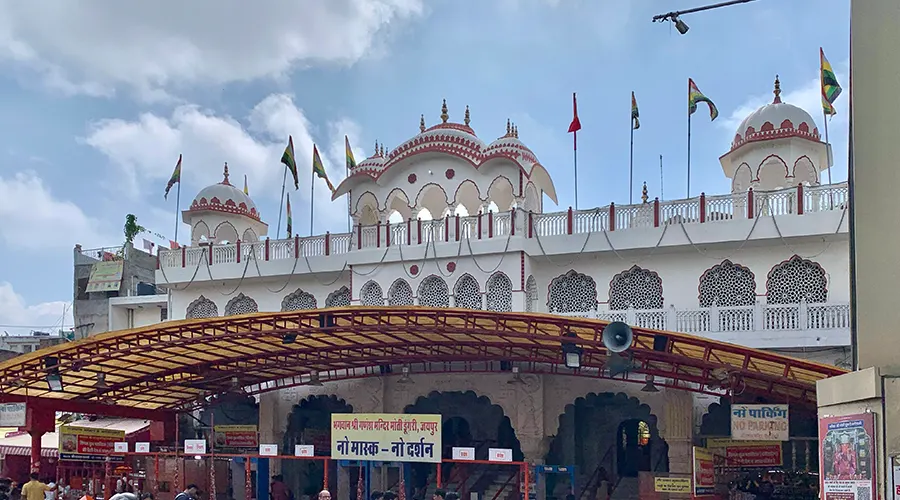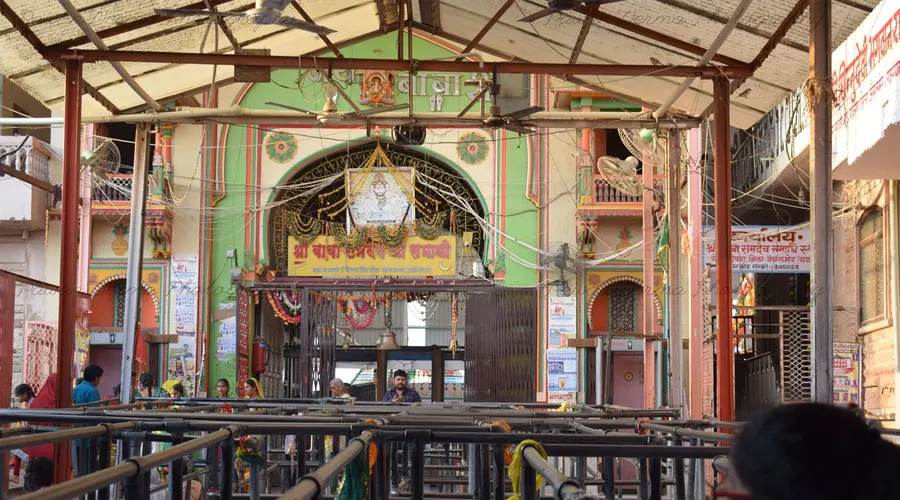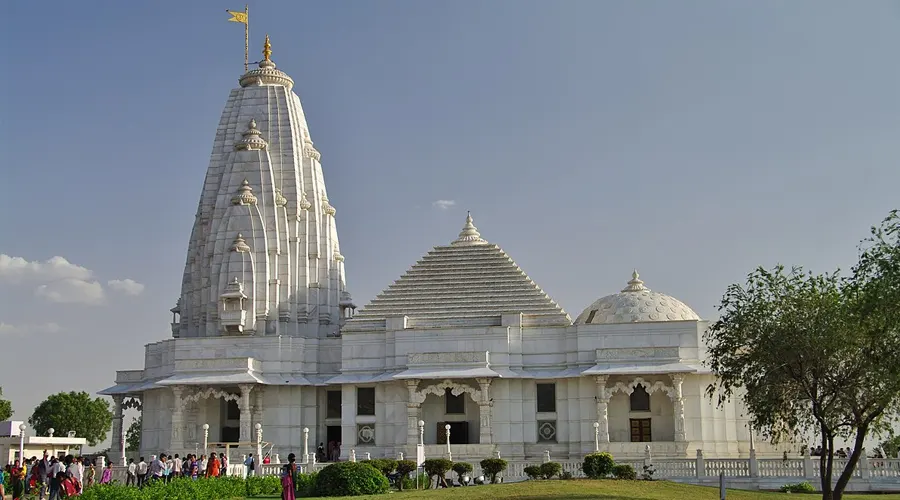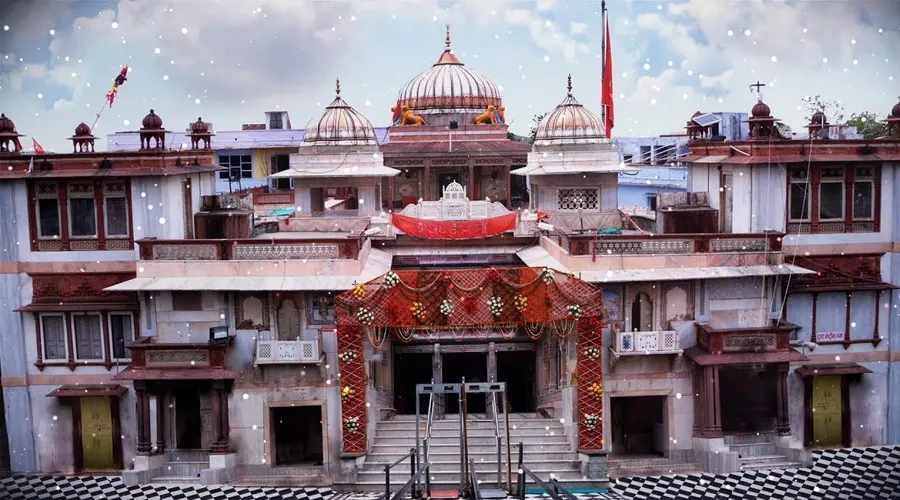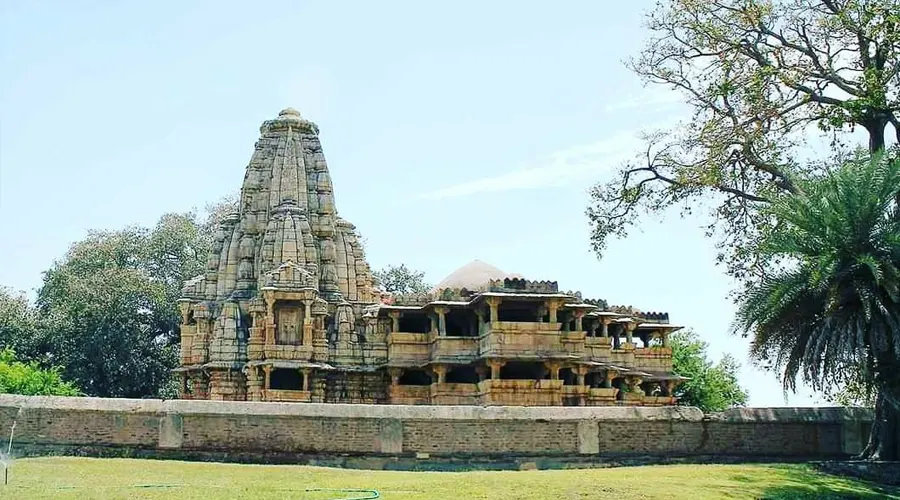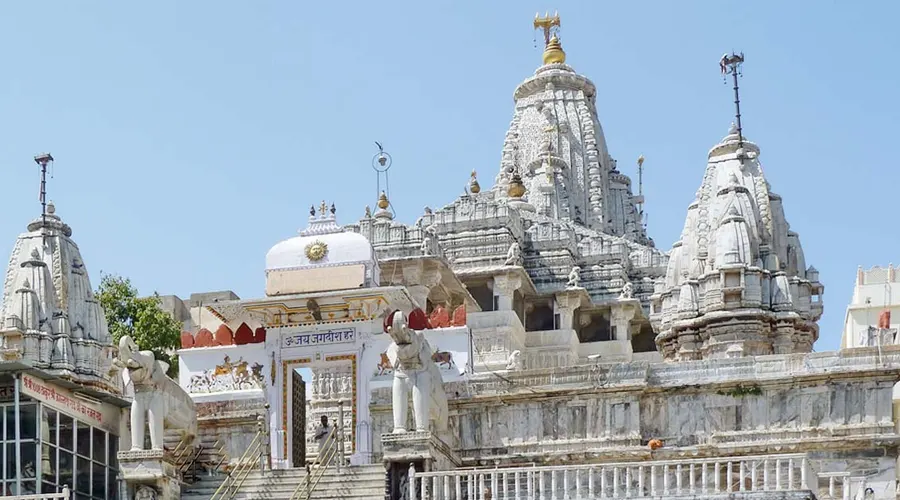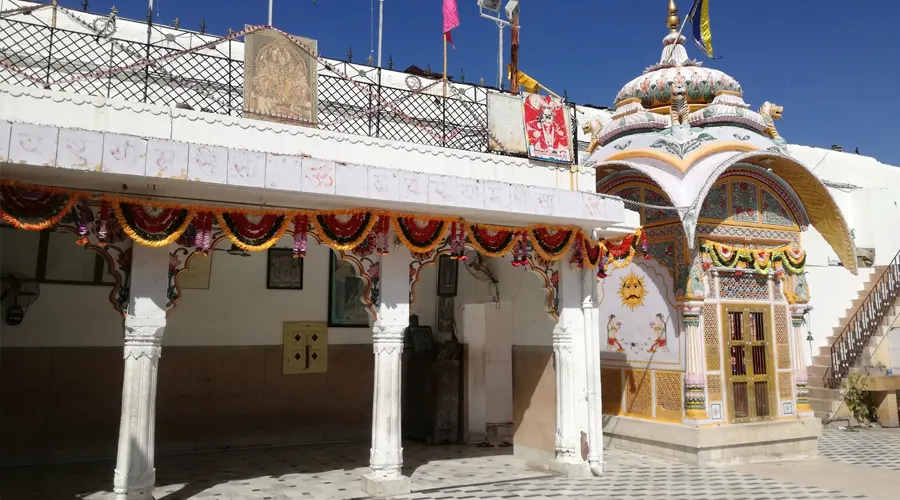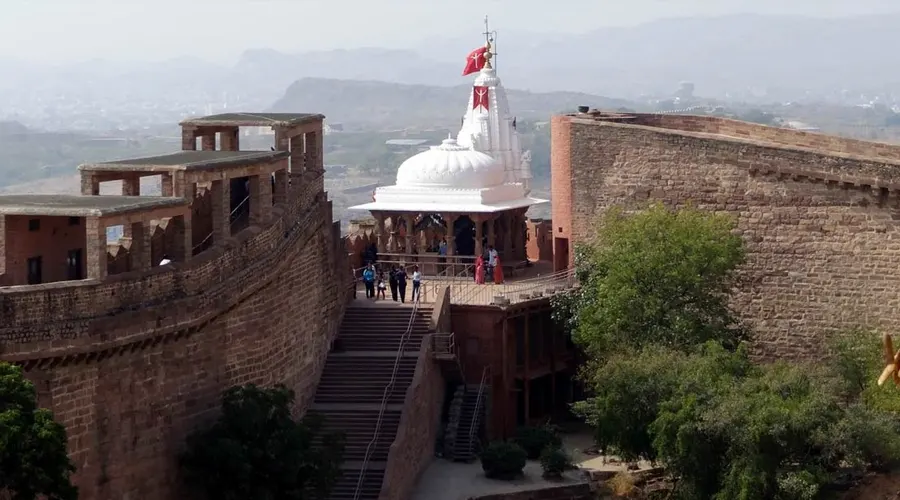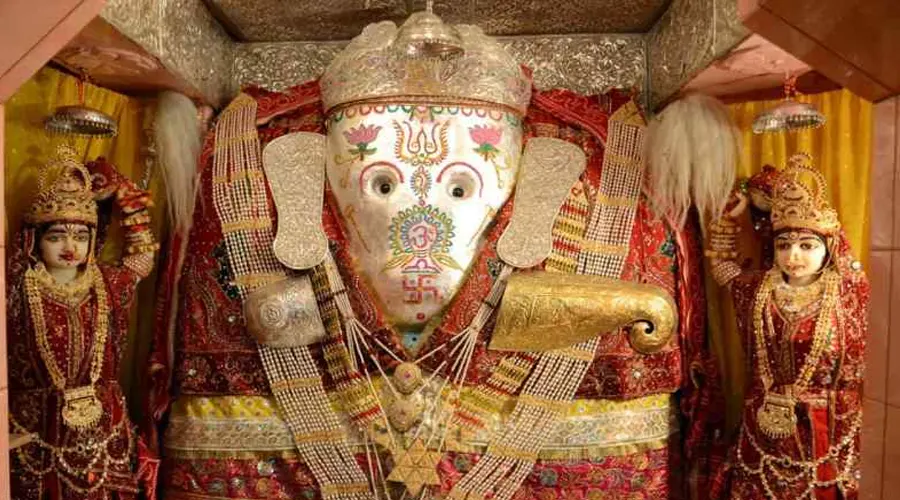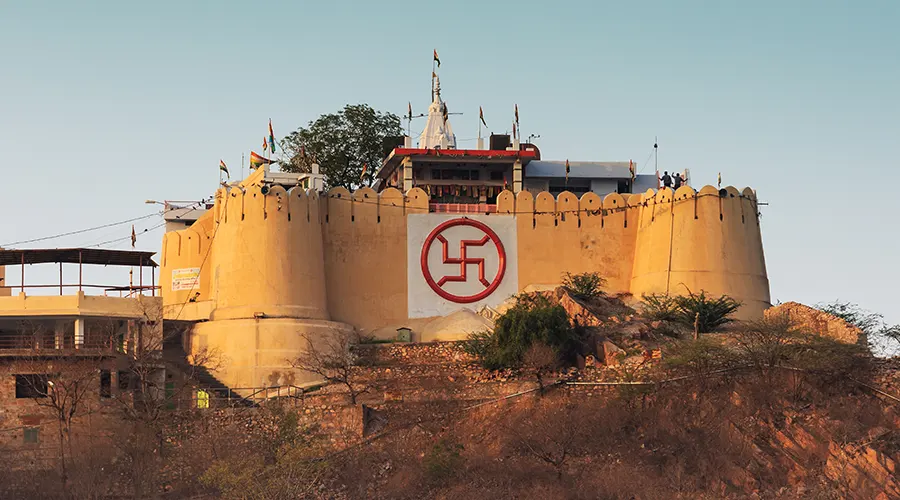Padmini Palace
Padmini Palace is the palace where Rani Padmini lived after she married Rawal Ratan Singh, the ruler of Mewar Kingdom who ruled between 1302 and 1303 CE. The majestic palace is a historical monument related to the self-sacrifice of Rani Padmini after Chittorgarh was attacked by the Sultan of Delhi, Alauddin Khilji. The two-storey monument stands rather strong right at the center of the Chittorgarh Fort elevated on rocky terrain.
The fort is surrounded by a lotus pool which adds to the charm of the monument. One can imagine how glorious this site would have been when the royal ladies used it, the pool having colorful lotuses depicting grace and beauty in the rugged Chittor Fort. Those exploring Chittorgarh Fort must visit the Padmini Palace.
Tourists from all over the world visit Chittorgarh to explore the grand historic monument and hear stories of adventure and sacrifice of the Rajputs of the Mewar Kingdom. The Padmini Palace is where the Rajput women sacrificed their lives when the palace was attacked by Alauddin Khilji. It marks their loyalty and strength to fight or die instead of facing dishonor.
When compared to other palaces on the premises, the Padmini Palace is smaller but is considered to be an attractive and captivating one because of Rani Padmini's beauty, intelligence, and charm and the tragic story associated with her end. The rich history of the palace is even more fascinating when one explores the monuments themselves.
History of Padmini Palace
Rani Padmini was the daughter of King Gandharvasen of Singhal and the second wife of Rawal Ratan Singh. Rawal Ratan Singh had heard stories about Padmini's charm, beauty, and intelligence and was spellbound when he met her while exploring Singhal. He, therefore, married her and brought her to Chittorgarh. The Padmini Palace is where she resided for the rest of her life.
According to a legend, a musician named Raghav Chetan was banished from the kingdom because he was thought to be a sorcerer. Struck with revenge, Raghav Chetan met Alauddin Khilji and praised her beauty to the extent that Alauddin yearned to see her. Khilji even tricked Rawal Ratan Singh into making him see Rani Padmini which the Rajputs abhorred but couldn't do much about. Rani Padmini agreed to show her reflection in a mirror. Khilji, however, was not satisfied and wished to capture the fort and abduct Rani Padmini.
The Rajputs fought hard and strong to save their fort and their women, but Rawal Ratan Singh was killed in the battle. The women inside the fort decided to sacrifice their lives instead of letting Khilji and his followers mistreat them. Rani Padmini jumped into the Jauhar Kund the moment she got to know about Rawal Ratan Singh's death. The rest of the women followed Rani Padmini and sacrificed their lives too.
Architecture of Padmini Palace
Padmini Palace is a white three-story monument in the middle of the Chittorgarh Fort. The architecture is simple yet captivating. The palace is surrounded by a water body which is commonly called the Lotus Pool. The palace has a water moat surrounding the monument.
The structure was built as per the Persian style of architecture and has stone a staircase leading inside, several windows, a spacious room, and pavilions. The top floor has a small room with a mirror on the wall. This is the room that is believed to be the location where Rani Padmini showed her reflection in a mirror to Alauddin Khilji.

